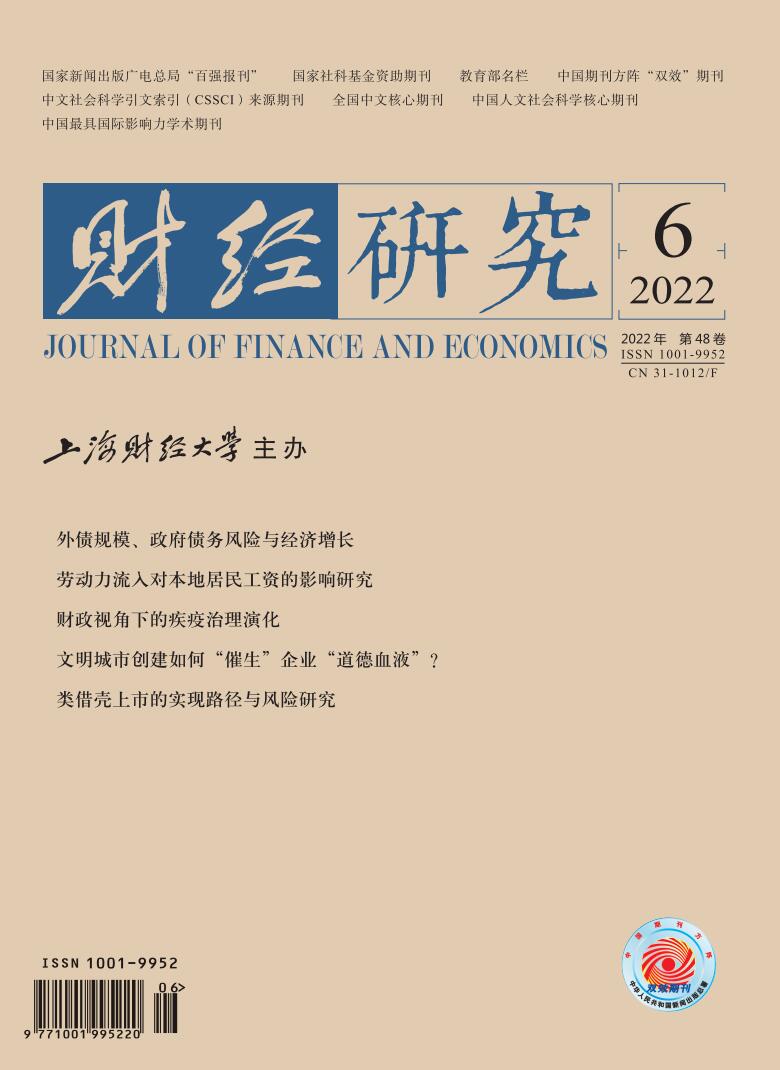A vital source of economic growth is the increase in labor force, and the scale of labor supply in a country is determined by working-age population and the labor participation rate. However, the continued decline of the labor force participation rate in China has received little attention from policymakers and researchers. Obviously, it is crucial to explore the reasons for the steadily dropping in China’s labor participation rate.
From the perspective of household wealth, this paper uses five rounds of survey data of the China Family Panel Studies (CFPS) from 2010 to 2018 and uses house demolition as an instrumental variable. It shows that a 1% increase in household wealth can reduce the labor participation rate by an average of 0.19 percentage points. However, the increase in household wealth does not make the people who withdrew from the labor market devote more time to housework, tutoring children to do homework and other family-care activities, but make them devote more time to sleep and rest, watching TV and movies, and other leisure activities. In addition, this paper finds that household wealth has a heterogeneous effect among family groups with different ages, education levels, and health status of the head of the household.
This paper is helpful in accurately understanding and grasping the objective laws of changes in labor force participation. And the government should follow and use the law to promote high-quality economic development. In particular, the government should not only revise and improve the laws and regulations on work to improve employee well-being and decrease cost of working, but also carry out important projects that benefit people in order to fully exploit the impact of consumption on production and foster a new economic growth point.
The marginal contributions of this paper are as follows: Firstly, it constructs variables such as labor participation rate, employment rate, and unemployment rate at the household level, while existing literature mostly uses individual-level variables, which may underestimate the negative impact of wealth on the labor participation rate. Secondly, it explores the impact of household net wealth on labor participation, while existing literature only focuses on certain types of family wealth, such as housing property, or financial property, etc. Virtually, individuals may use financial wealth to purchase the real estate, but it does not change the net wealth. Finally, it uses house demolition as a new exogenous wealth shock.





 3784
3784  4956
4956

